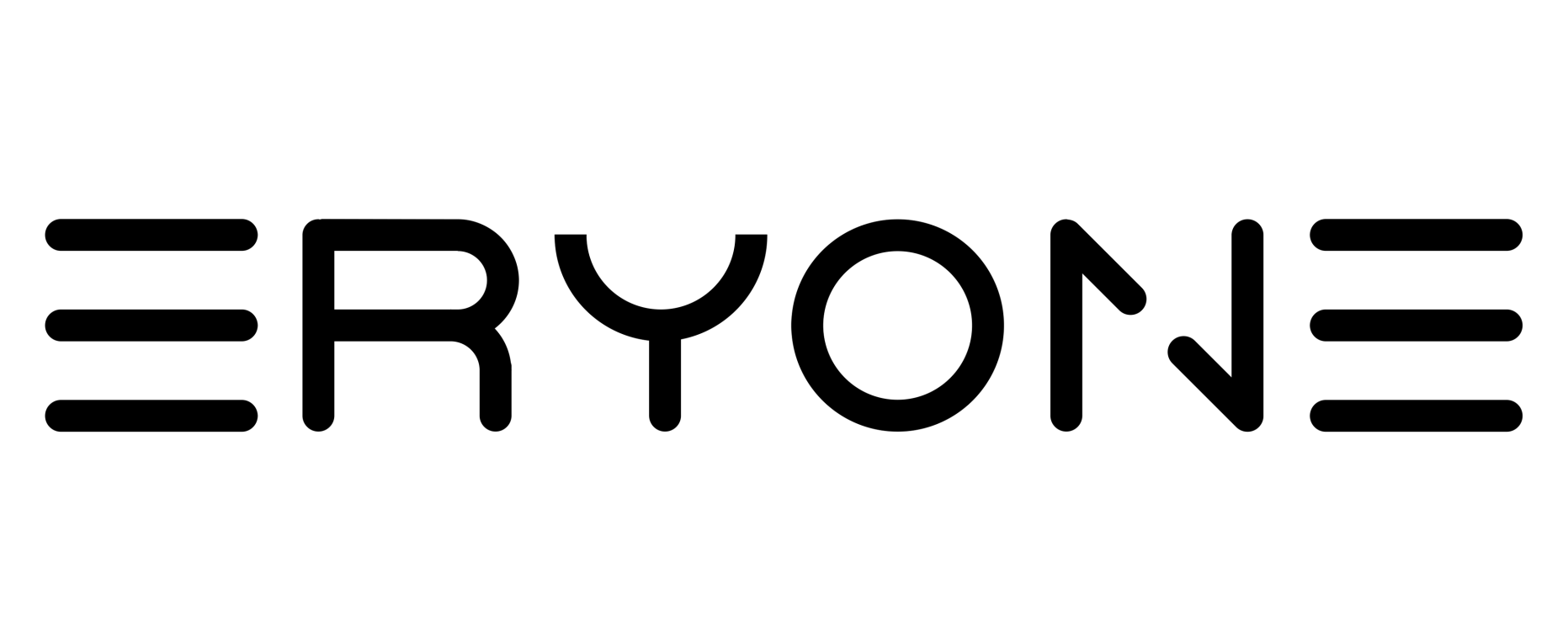PETG High Speed Burnt Titanium- 1.75mm±0.03mm (1kg)
10+ rolls, from €12 per roll. Explore Bulk Sale.
Product specifications
| Printing Speed | |
|---|---|
| Nozzle temperature | |
| Build plate temperature |













Eryone High Speed Burnt Titanium PETG 3D Printing Filament is a material that
Part I:Suggests Printing Parameters
| Parameter | Set up |
| Nozzle temperature | 230-250 ℃ |
| Bed temperature | 75-80℃ |
| Bed materia | glass, PEI, spring steel plate |
| Bottom printing temperature | 230-250 ℃ |
| Sealed printing |
enclosed printing/open printing
|
| Printing speed | 30-600mm/s |
| Drying conditions | 65℃, 12h |
Part II: Physical Properties of Materials
| Property | Testing Method | Unit | Typical Value |
| Density(g/cm³ at 21.5 ° C) | ASTM D792 (ISO 1183, GB/T 1033) | g/cm³ | 1.25 |
| Vicat Softening Temperature(° C) | ASTM D1525 (ISO 306 GB/T 1633) | ℃ | 78 |
| Heat distortion temperature(° C) | ASTM D648 1.8MPa 0.45MPa | ℃ | 67 |
| Glass transition temperature (° C) | DSC, 10 ° C/min | ℃ | 68 |
| Melt Index(g/10 min) | 220 ° C, 10kg 240 ° C, 2.16 kg | g/10min | 18±2 |
Part III: Mechanical Properties of Printed Samples
| Property | Test conditions | Test standards | unit | Typical Value |
| Tensile strength X-Y | 50mm/min | GB/T 1040.4 | MPa | 45.7 |
| Elastic modulus X-Y | 50mm/min | GB/T 1040.1-2006 | MPa | 1301.9 |
| Elongation at break X-Y | 50mm/min | GB/T 1040.4 | % | 2.7 |
| Tensile strength X-Z | 50mm/min | GB/T 1843 | MPa | 31.7 |
| Elastic modulus X-Z | 50mm/min | GB/T 1040.1-2006 | MPa | 1022.5 |
| 5Elongation at break X-Z | 50mm/min | GB/T 1040.4 | % | 2.1 |
| Bending strength | 2mm/min | GB/T 9341 | MPa | 70.2 |
| Bending modulus | 2mm/min | GB/T 9341 | MPa | 1953.2 |
| Charpy Impact strenght | 2.75J | GB/T 1843 | kJ/m2 | 2.4 |
Note: All splines are printed under the following conditions: printing temperature=240 ° C, printing speed=80mm/s, base plate 60° C, filling=100%, nozzle diameter=0.4mm

High-Speed Performance
Achieves printing speeds up to 600mm/s with optimized melt flow, ensuring fast production without compromising precision.

Dynamic Metallic Aesthetics
Features a burnt titanium finish with light-responsive color shifting, creating iridescent gradients and granular texture for artistic designs.

Enhanced Mechanical Toughness
Surpasses traditional PLA with superior impact resistance and interlayer adhesion, reducing brittleness and cracking risks in printed parts.

Reliable Printing Compatibility
Compatible with most FDM printers, operating at 230–250°C with a 75–80°C heated bed for minimal warping and smooth extrusion.
FAQs
What is the optimal printing speed for this filament?
It supports speeds up to 600mm/s, but for best results, start at 30–100mm/s and adjust based on your printer setup.
How does the color-shifting effect work?
The filament’s metallic texture reflects light differently at various angles, creating a dynamic iridescent gradient on printed surfaces.
How does this PETG compare to PLA burnt titanium filaments?
It offers better toughness, less brittleness, and stronger interlayer adhesion, making it ideal for functional parts requiring durability.
Does this filament require a heated bed?
Yes, use a heated bed at 75–80°C to minimize warping and ensure optimal adhesion during printing.























































































































